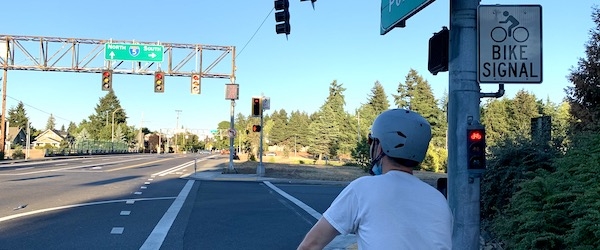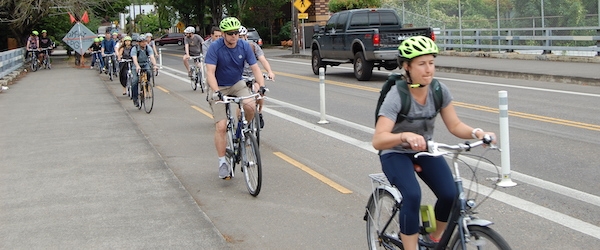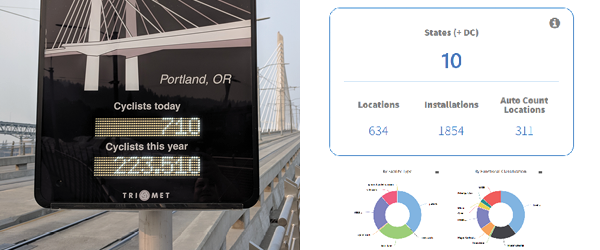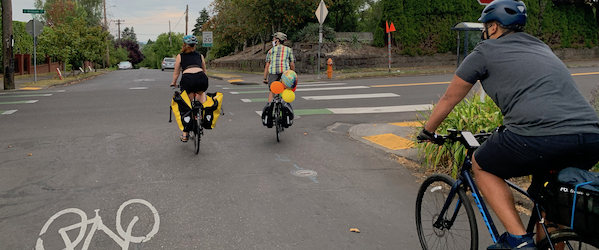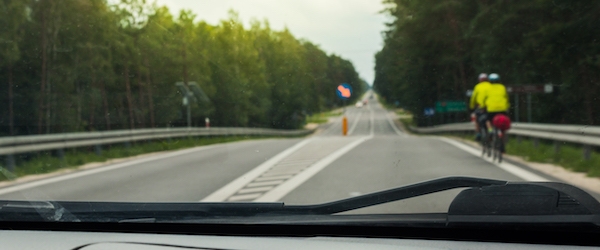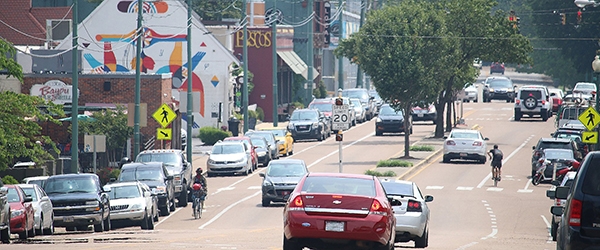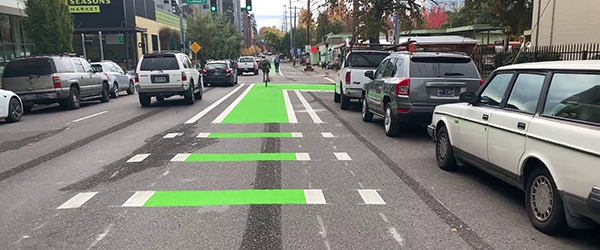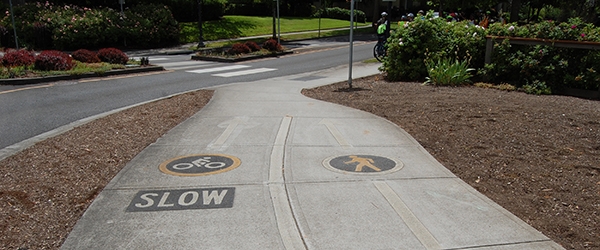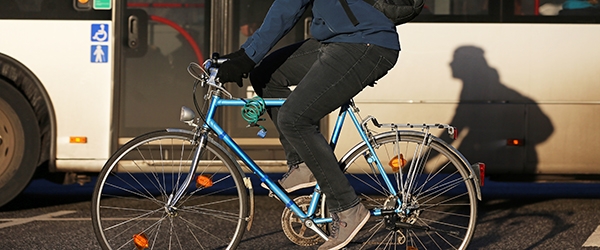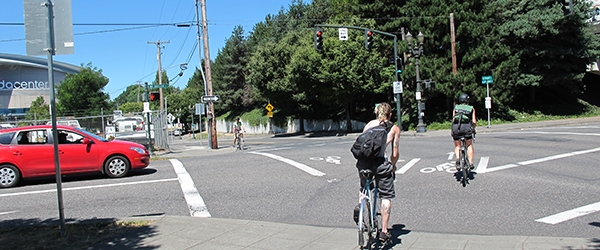One of the most common locations for motor vehicle-bicyclist crashes is at controlled intersections. Particularly dangerous is the conflict between through bicyclists and turning drivers (either left or right). Despite widespread acknowledgement of this problem, transportation engineers and planners still lack definitive guidance on how to safely and effectively design for bicyclists at intersections in the United States.
In a newly contracted project, awarded to Toole Design Group by the National Cooperative Highway Research Program (NCHRP), a team of researchers will identify design best practices to reduce conflicts at intersections. In addition to Toole, the team includes researchers from Portland State University, Oregon State University (David Hurwitz), and Safe Streets Research & Consulting (Rebecca Sanders). Christopher...
Read more
